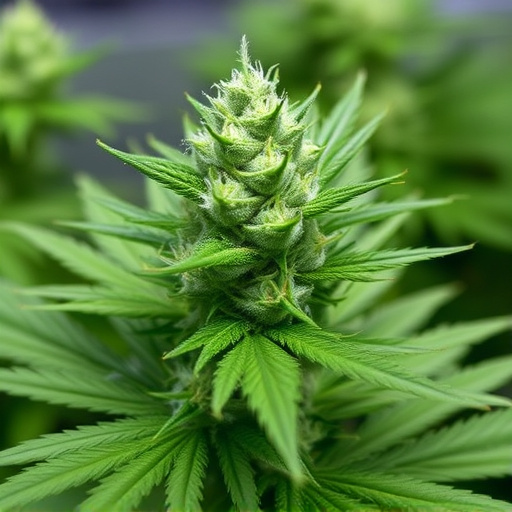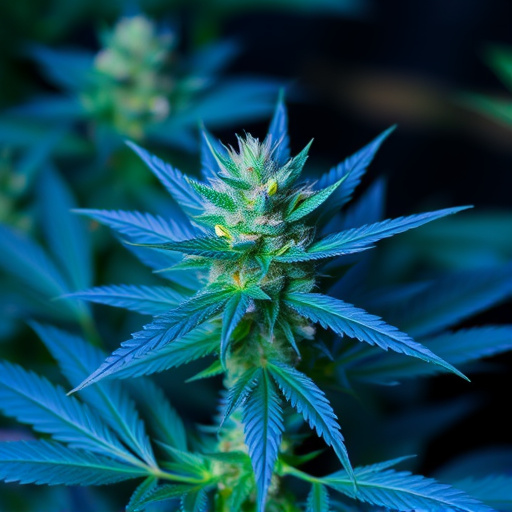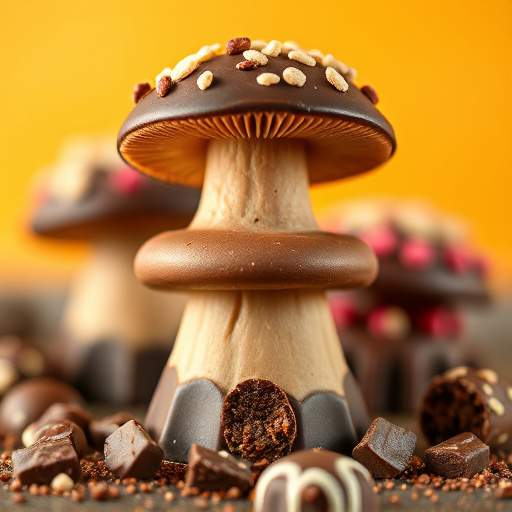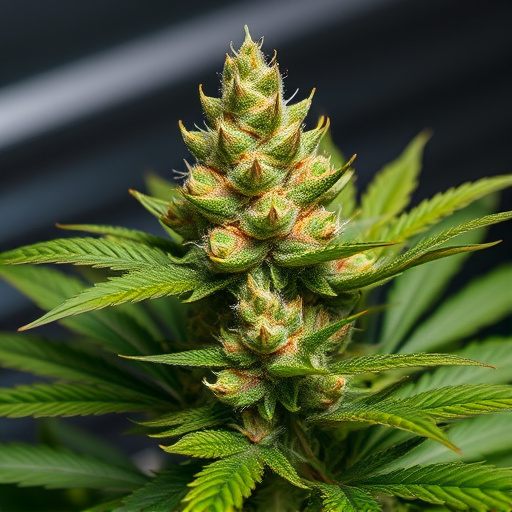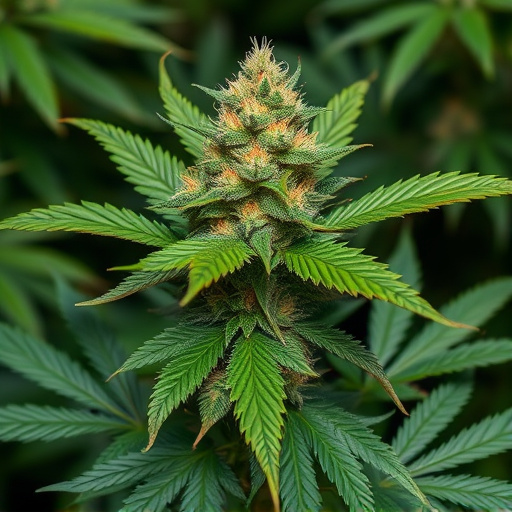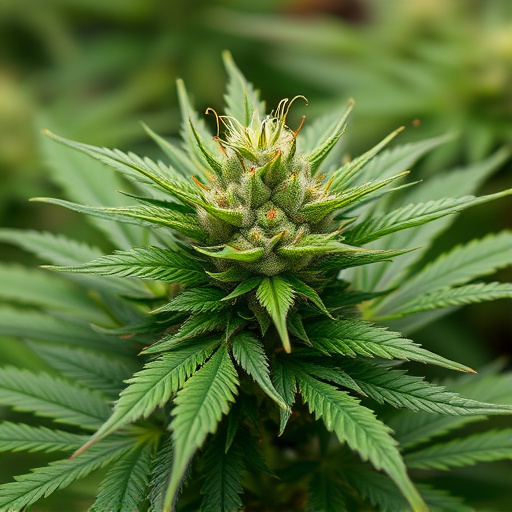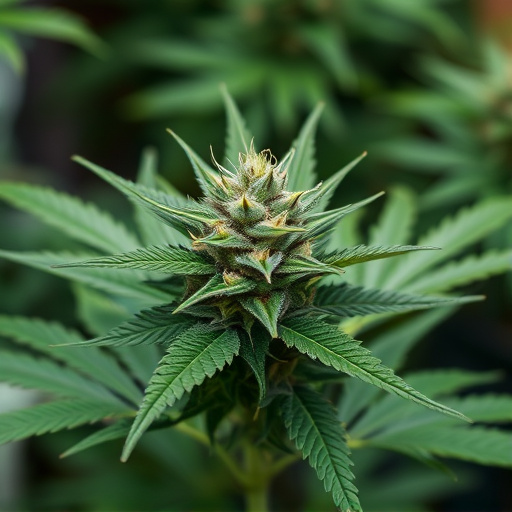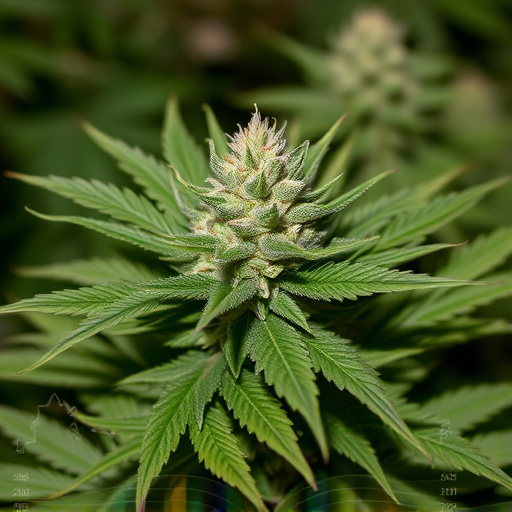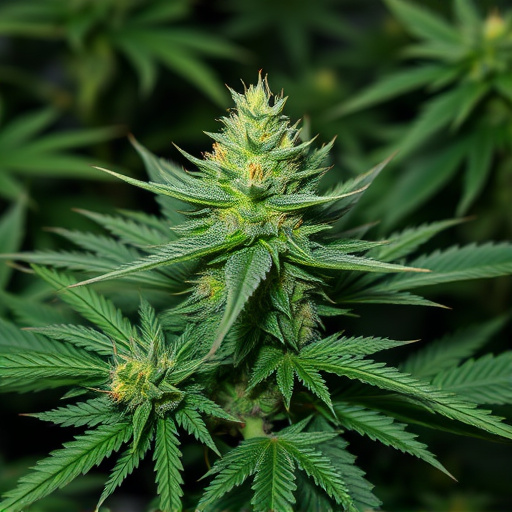Selecting the right sativa cannabis strains enhances culinary experiences with their unique flavors and aromas. High-THC varieties like Blue Dream and Sour Diesel add citrusy notes to baked goods, while Gorilla Glue and Super Silver Haze bring earthy, piney flavors to savory dishes. Safety tips include using high-quality strains rich in CBD for better dosage control, precisely measuring cannabis, decarboxylating at 220°F (105°C), choosing suitable cooking methods like coconut oil or butter, maintaining cleanliness, and storing infused products airtight at cool, dark temperatures.
“Unleash the potential of cannabis in your kitchen with our guide to creating culinary masterpieces! Discover the art of infusing this versatile plant into food, starting with an exploration of ideal sativa cannabis strains for cooking. Learn effective methods to extract its essence without overwhelming flavors. From preparation tips to essential precautions, we equip you with knowledge for safe and delicious cannabis-infused cuisine. Elevate your culinary experience—both relaxing and exhilarating!”
- Choosing the Right Sativa Cannabis Strains for Cooking
- Effective Methods to Infuse Cannabis into Food
- Tips and Precautions for SafeCannabis-Infused Cuisine Preparation
Choosing the Right Sativa Cannabis Strains for Cooking
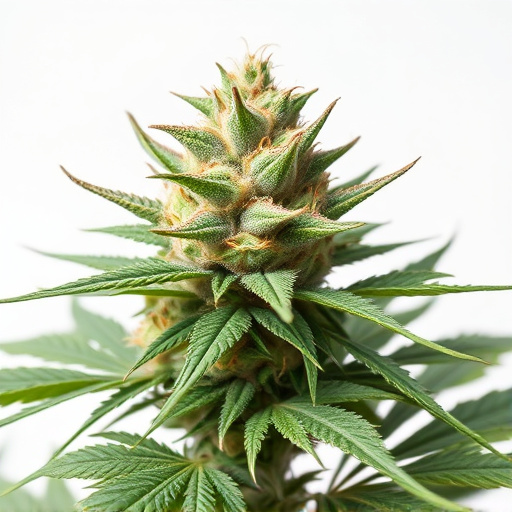
When it comes to cooking with cannabis, selecting the right sativa strains is key to achieving a delightful culinary experience. Sativa cannabis strains are renowned for their uplifting and energizing effects, making them an excellent choice for dishes that require a boost in flavor and aroma. Look for varieties with higher levels of THC, as this can enhance both the potency and the sensory profile of your creations.
Consider cultivars like Blue Dream or Sour Diesel for their vibrant, citrusy notes, perfect for infusing into baked goods or sauces. Others, such as Gorilla Glue or Super Silver Haze, offer earthy and piney flavors that can beautifully complement savory dishes. Remember, each strain has its unique characteristics, so explore and experiment to find the ones that best suit your palate and culinary needs.
Effective Methods to Infuse Cannabis into Food

Infusing cannabis into food is a popular method to enjoy its therapeutic and flavorful benefits. There are several effective methods to achieve this, each offering unique advantages. One common approach is decarboxylation, where cannabis flowers or buds are heated to activate their compounds. This process releases THC and CBD, making them bioavailable for absorption by the body when eaten. After decarbing, you can infuse the cannabis into oil, butter, or coconut milk, which are versatile base ingredients for various recipes.
Another method is using concentrated cannabis extracts like wax or concentrates. These products offer higher potency and can be easily measured, making them ideal for precise infusions. Popular choices include sativa cannabis strains known for their balance of THC and CBD, like Blue Dream or Girl Scout Cookies, which can impart a pleasant flavor profile to your culinary creations while providing potential therapeutic effects.
Tips and Precautions for SafeCannabis-Infused Cuisine Preparation
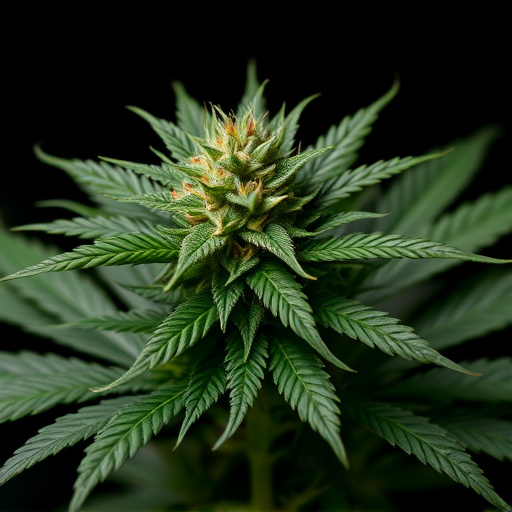
When preparing cannabis-infused food, it’s essential to prioritize safety and accuracy. Start by using high-quality cannabis from reputable sources, as this ensures consistency in potency and minimizes potential contaminants. Opt for sativa cannabis strains known for their higher CBD content, which offers better control over dosage and reduces the risk of excessive THC consumption. Precisely measure your cannabis using a small kitchen scale to maintain consistency.
Before infusing, decarboxylate your cannabis to activate its compounds; this process involves heating it to around 220°F (105°C) for about an hour. Choose suitable cooking methods based on the desired final product—for example, coconut oil for edibles or butter for sauces and spreads. Always keep your work area clean and use separate utensils to avoid cross-contamination. Lastly, store your infused products in airtight containers in a cool, dark place to maintain freshness and potency.
Incorporating cannabis into your culinary creations can be a delightful endeavor, offering unique flavors and potential therapeutic benefits. By understanding the role of specific sativa cannabis strains in cooking and adopting safe preparation practices, you can create delectable cannabis-infused dishes. Experiment with different methods to infuse cannabis into food, ensuring proper dosage and quality control for an enjoyable and responsible culinary experience.

